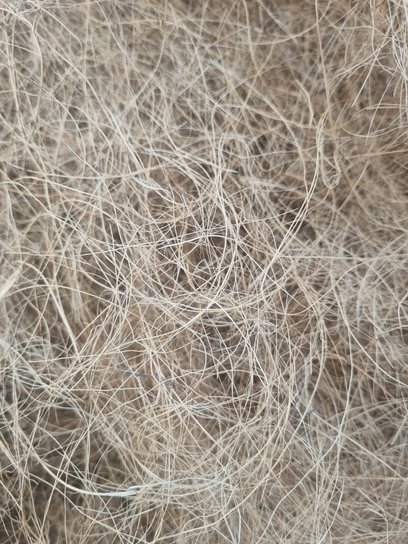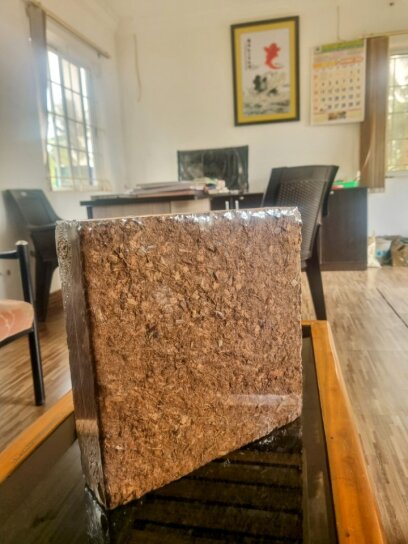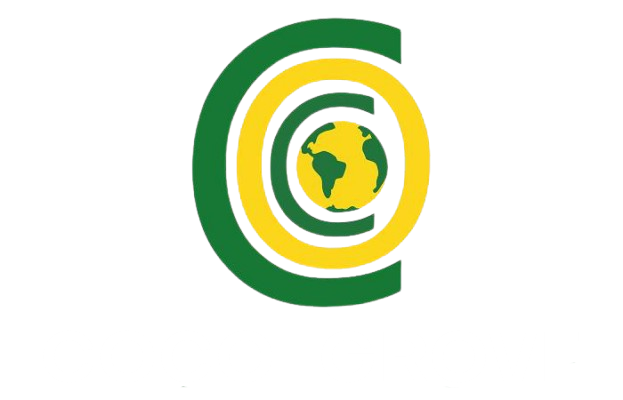Coconut Nutrition Management in India
Posted by Coco Grove on Feb 4, 2025
Coconut cultivation plays a vital role in India’s agriculture and economy, particularly in southern states such as Tamil Nadu, Kerala, Karnataka, and Andhra Pradesh. Proper nutrition management is essential to sustain productivity, ensure quality, and address soil health issues. The following provides an overview of key aspects of coconut nutrition management in India, supported by relevant citations.
Understanding Soil and Nutrient Requirements
Coconut palms thrive in a variety of soils, ranging from sandy and laterite soils to clayey loams. However, the soils must be well-drained and rich in organic matter. A balanced nutrient supply is essential to achieve optimum growth and nut production. Coconut requires macronutrients such as nitrogen (N), phosphorus (P), potassium (K), secondary nutrients like calcium (Ca), magnesium (Mg), and sulfur (S), as well as micronutrients like boron (B) and zinc (Zn) (CPCRI, 2016).
Soil Testing and Nutrient Deficiency Symptoms
Soil Testing: Regular soil and leaf analysis is crucial to identify nutrient deficiencies and develop a precise fertilizer schedule (George et al., 2019).
Deficiency Symptoms:
- Nitrogen deficiency leads to yellowing of older leaves and stunted growth.
- Potassium deficiency causes necrosis at leaf tips and edges.
- Boron deficiency results in distorted leaf development and unopened inflorescences (CPCRI, 2016).
Fertilizer Recommendations
The Central Plantation Crops Research Institute (CPCRI) provides the following fertilizer recommendations for adult coconut palms in India (per palm per year):
- Macronutrients:
- Nitrogen: 500 grams
- Phosphorus: 320 grams
- Potassium: 1200 grams
- Application: Fertilizers are applied in split doses, once during the pre-monsoon season and again post-monsoon (CPCRI, 2016).
Organic Nutrition Management
- Organic Manures: Incorporating 50 kg of farmyard manure or compost per palm annually improves soil health and nutrient availability. Green manures like sunhemp can also be intercropped to enrich the soil (Mathew et al., 2020).
- Biofertilizers: Beneficial microbes such as Rhizobium and Azospirillum enhance nitrogen fixation, while phosphate solubilizing bacteria improve phosphorus availability (Singh et al., 2017)
Integrated Nutrient Management (INM)
IINM combines organic, inorganic, and biofertilizer inputs to optimize nutrient availability and minimize environmental impacts. For instance, integrating 25% of the recommended chemical fertilizers with organic manure and biofertilizers can improve yields and soil sustainability (CPCRI, 2016).
Irrigation and Nutrient Uptake
EEfficient irrigation is critical for nutrient uptake in coconut palms. Drip irrigation combined with fertigation (application of fertilizers through irrigation) ensures uniform nutrient distribution and reduces wastage (Somasundaram et al., 2018).
Foliar Application
FFoliar nutrition is an effective way to address micronutrient deficiencies. Spraying borax (0.5%) or zinc sulfate (0.5%) can quickly rectify deficiencies and enhance productivity (Mathew et al., 2020).
Role of Micronutrients
. Micronutrients play a crucial role in coconut growth and nut quality:
- Boron: Essential for cell division and pollen tube growth.
- Zinc: Involved in enzymatic activities and chlorophyll formation.
- Copper: Necessary for lignin synthesis in cell walls (Singh et al., 2017).
Deficiency of these micronutrients, if unchecked, can lead to significant yield losses.
Sustainable Practices and Challenges
Sustainable coconut nutrition management faces several challenges:
- Over-reliance on chemical fertilizers leading to soil degradation.
- Fluctuating costs of fertilizers affecting affordability.
- Limited awareness among smallholder farmers about advanced nutrient management practices (George et al., 2019).
To address these challenges, extension services, and farmer training programs need to promote sustainable and integrated practices.
Conclusion
Nutrition management in coconut cultivation is a cornerstone of sustainable agriculture in India. A balanced approach involving soil testing, appropriate fertilizer use, organic inputs, and advanced techniques like fertigation and foliar sprays can significantly enhance coconut productivity. Promoting integrated nutrient management practices ensures long-term soil health and supports India’s position as a leading coconut producer. Future research and government initiatives should focus on making these practices accessible and affordable to all farmers, particularly smallholders.
For further support contact community@cocogrove.in


